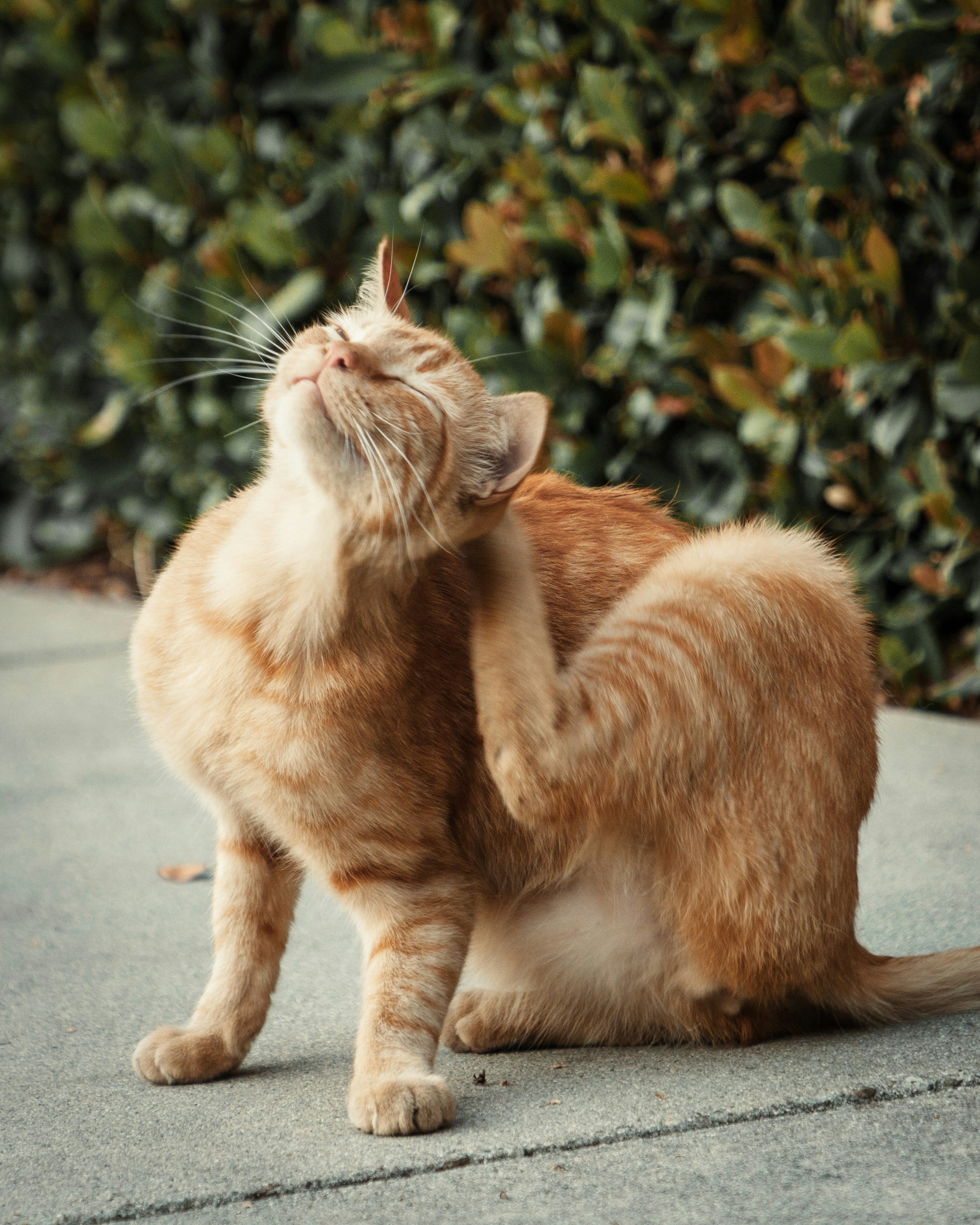Fleas are not just a nuisance; they can lead to serious health problems for your furry friend. If you've noticed your cat scratching more frequently or if you’ve spotted tiny, dark specks in their fur, your kitty might be dealing with a flea infestation. Fortunately, there are effective solutions to get rid of fleas in cats. Here’s a comprehensive guide to help you tackle this problem.
1. Understanding Fleas and Their Lifecycle
Before diving into solutions, it’s essential to understand the enemy. Fleas go through various stages: egg, larva, pupa, and adult. A single female flea can lay up to 50 eggs per day, making quick action critical. Knowing their lifecycle helps in selecting the right treatment and understanding why multiple strategies may be necessary.
2. Consult Your Veterinarian
The first step to addressing a flea problem is consulting your veterinarian. They can provide tailored advice based on your cat's health, age, and lifestyle. Your vet may recommend specific flea treatments and can also check for any flea-related health issues, such as anemia or skin infections.
3. Topical Treatments
Topical flea treatments are very effective and easy to use. Products like Frontline, Advantage, and Revolution are popular choices. These treatments are applied directly to your cat's skin, typically between the shoulder blades, where your cat can't lick it off. Most topical treatments kill adult fleas and prevent future infestations.
Application Tip: Always read the instructions thoroughly and ensure the product is specifically formulated for cats, as some dog treatments can be toxic to cats.
4. Oral Medications
Oral flea medications are another effective option. Drugs like NexGard and Capstar can kill fleas quickly. Some of these medications provide fast action while others offer long-term protection. Oral treatments can be particularly beneficial if your cat is averse to topical options.
5. Flea Collars
Flea collars can provide a longer-term solution, releasing active ingredients that kill fleas. Look for collars labeled as flea and tick control, and check for safety information. Flea collars can be particularly effective for outdoor cats but should be used with caution in multi-pet households.
6. Environment Control
To effectively eliminate fleas, it’s crucial to tackle the environment as well. Fleas can lay eggs in carpets, upholstery, and your cat’s bedding. Here are some steps you can take:
-
Wash Bedding: Regularly wash your cat's bedding, blankets, and any fabric they frequently come into contact with in hot water.
-
Vacuuming: Vacuum your home thoroughly to remove fleas and their eggs from carpets and furniture. Make sure to dispose of the vacuum bag or empty the canister outside.
-
Flea Sprays: Consider using flea sprays or powders specifically designed for your home. Ensure these products are safe for pets and children.
7. Professional Pest Control
If the infestation is severe or persistent, you may need to call in professional pest control. They can assess your home and apply stronger treatment methods to eliminate fleas from your environment.
8. Natural Remedies
If you prefer a more holistic approach, there are natural flea treatments available. Essential oils such as cedarwood, lavender, and peppermint can deter fleas. However, be cautious with these remedies, as some essential oils can be toxic to cats. Always dilute them properly and consult your vet before trying any home remedies.
9. Preventive Measures
Once you've tackled the flea problem, prevention is key. Consider the following preventive measures:
-
Regular Flea Treatments: Continue using flea preventatives as recommended by your vet to keep fleas at bay.
-
Grooming: Regular grooming with a flea comb can help catch fleas early and reduce their population.
-
Indoor Environment: Minimize humidity and clutter in your home, as fleas thrive in warm, humid environments.
Conclusion
Fleas can be a frustrating problem for both cats and their owners, but with the right approach, they can be eliminated. Start by consulting your veterinarian and combining several methods for the best results. Consistency is crucial, so stay on top of treatments and preventive measures to keep your cat happy and flea-free!
By maintaining a pro-active stance and being vigilant, you can provide a comfortable, healthy environment for your feline companion. Don’t let fleas take over your home—act quickly and effectively!
Yours, Tutuky.



Share:
Training Your Pet: A Comprehensive Guide
Discover the Exciting New Reptiles Section at Our Pet Store!